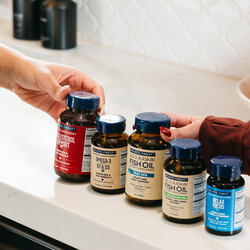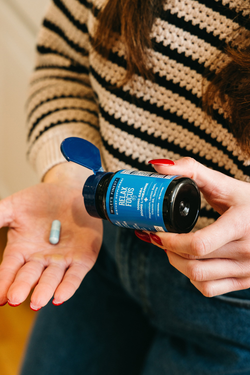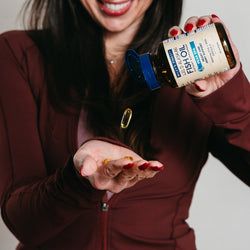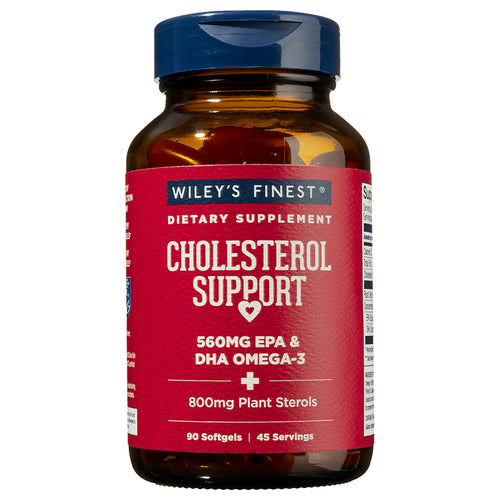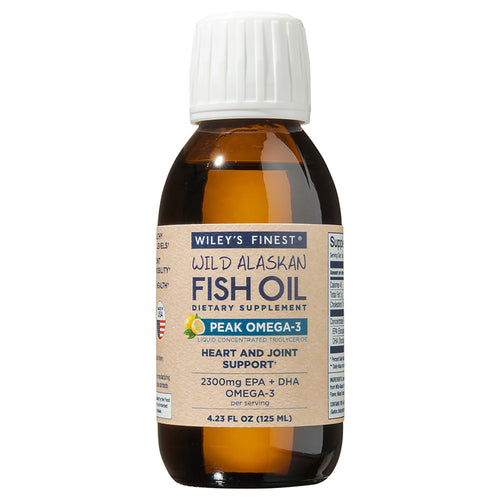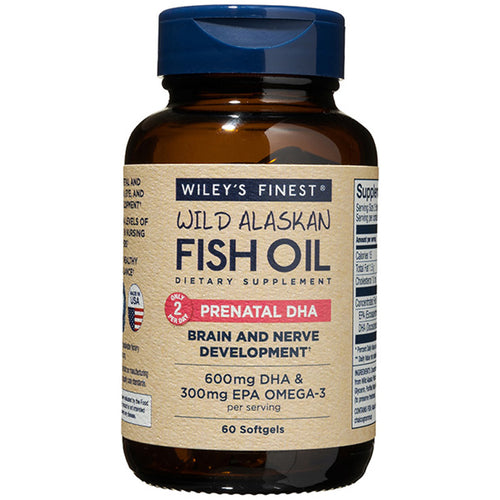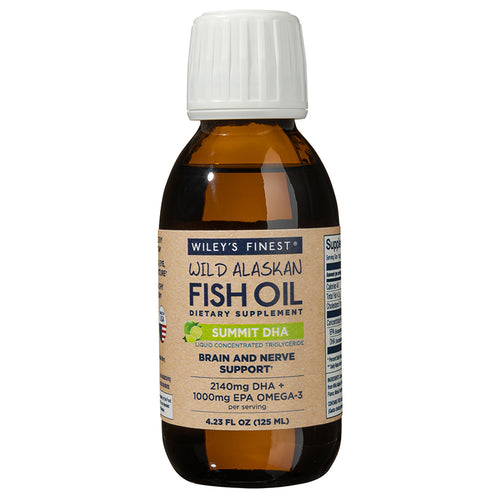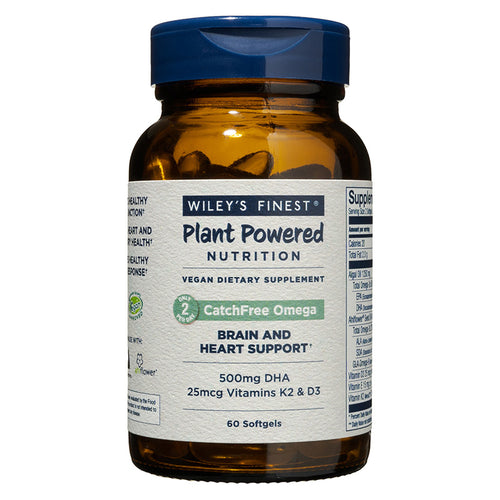Omega-3 Fish Oil Supplements: Ethyl Ester (EE) vs Triglyceride (TG)
If you’ve ever browsed the supplement aisle or shopped online for Omega-3s, you’ve probably come across some bold claims—especially about the “superior absorption” of one form over another. Some brands tout the triglyceride (TG) form of Omega-3 as the gold standard, while others are equally passionate about the ethyl ester (EE) form. So, what is the real story?
Let’s break it down. 
First Things First: What Are EE and TG?
Eicosapentaenoic acid (EPA) and Docosahexaenoic acid (DHA) are the star nutrients of fish oil supplements. To get meaningful levels of these nutrients into an Omega-3 formulation, manufacturers concentrate them from natural fish oil triglycerides (nTG). This process results in either:
-
EE (Ethyl Ester) form or
-
rTG (Re-esterified Triglyceride) form
Both are created through a safe, scientifically verified process. And both are widely used around the world—including in the United States, Europe and Japan. They are also both recognized as acceptable forms of Omega-3 by highly respected organizations such as Health Canada and the Global Organization for EPA and DHA (GOED).
Omega-3 Absorption: Is One Form Really Better?
Here’s where things get interesting. Under normal conditions, our bodies absorb about 85% to 95% of the fat we eat—including Omega-3s. And research shows we absorb Omega-3s from both fish and supplements equally well.
So, what about those claims that TG is better absorbed than EE? It depends on how you define “better.”
Understanding Bioavailability
 Bioavailability is just a fancy word for stating how much of a nutrient actually gets into your body and does its job. Scientists look at this in two ways:
Bioavailability is just a fancy word for stating how much of a nutrient actually gets into your body and does its job. Scientists look at this in two ways:
Short-term bioavailability – How fast and how much of the nutrient shows up in your blood after you consume it.
Long-term bioavailability – How much of it ends up in your tissues and organs, where it actually becomes biologically active.
While blood levels can change within hours of taking Omega-3s, it can take anywhere from 8 to 12 weeks to see meaningful changes in your tissues. That’s the long game—and that is what really matters for your health.
The Science Behind Omega-3 Absorption
Clinical studies show that there is no meaningful difference in long-term bioavailability between the EE and rTG forms of Omega-3. Both forms are effective at raising Omega-3 levels in your body over time.
That’s why companies like Wiley’s Finest stand behind the science: both EE and TG forms are beneficial and effective. It’s not about hype—it’s about evidence.

The Bottom Line
When choosing an Omega-3 supplement, don’t get too caught up in the EE vs. TG debate. Focus on:
-
Quality sourcing
-
Third-party testing
-
EPA and DHA content
-
Your personal health goals
What matters most is consistency, so take your Omega-3s regularly and give your body time to see the long-term benefits.

